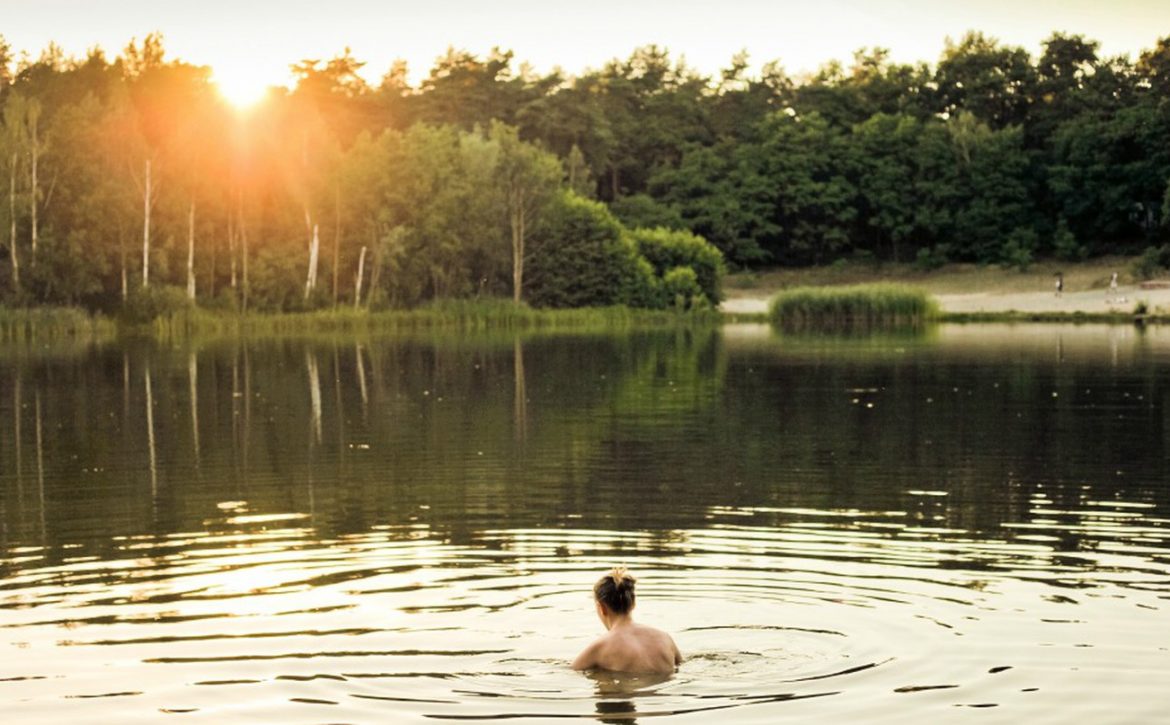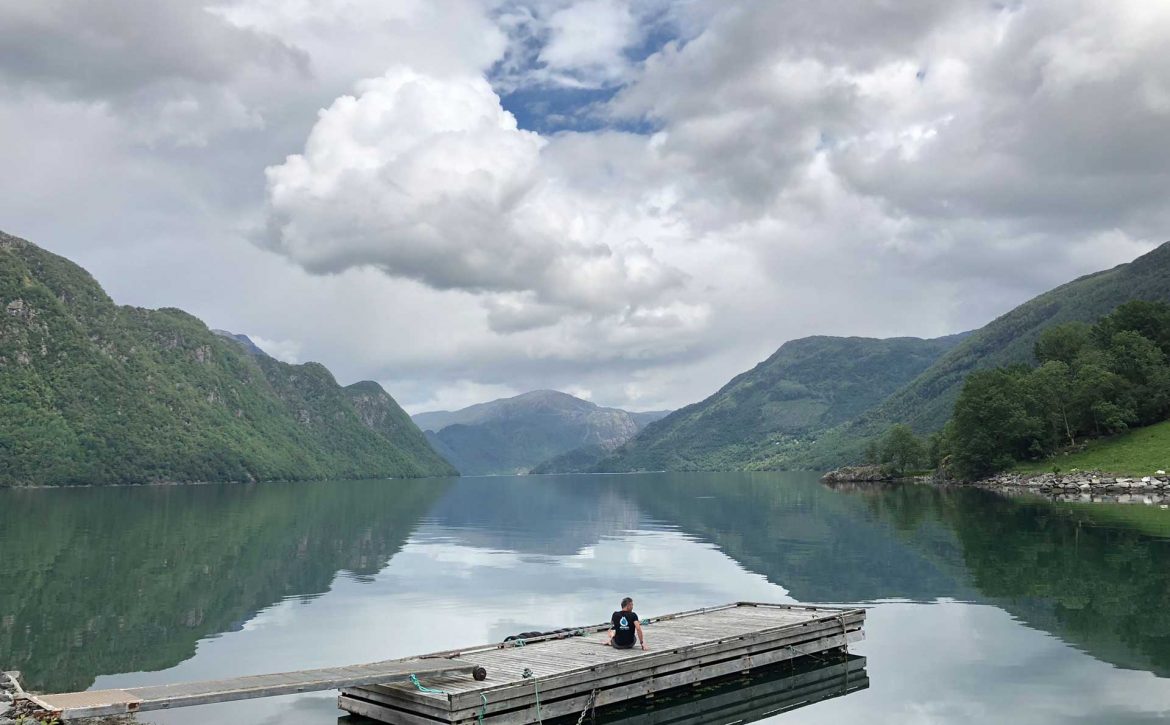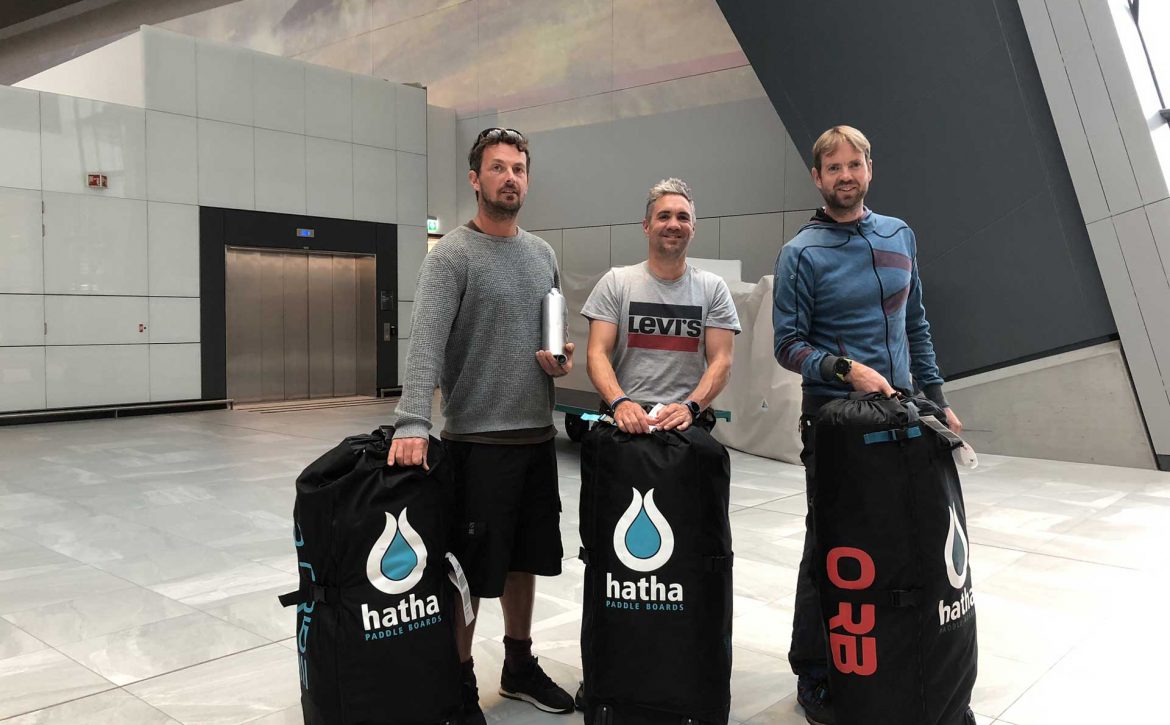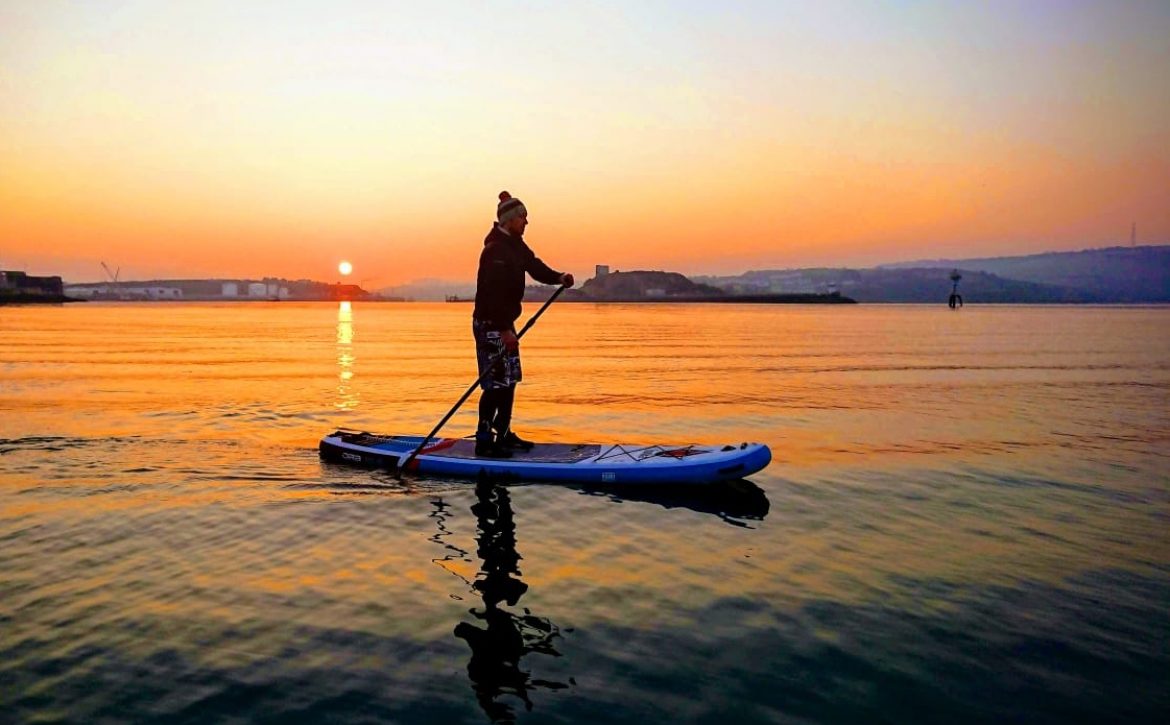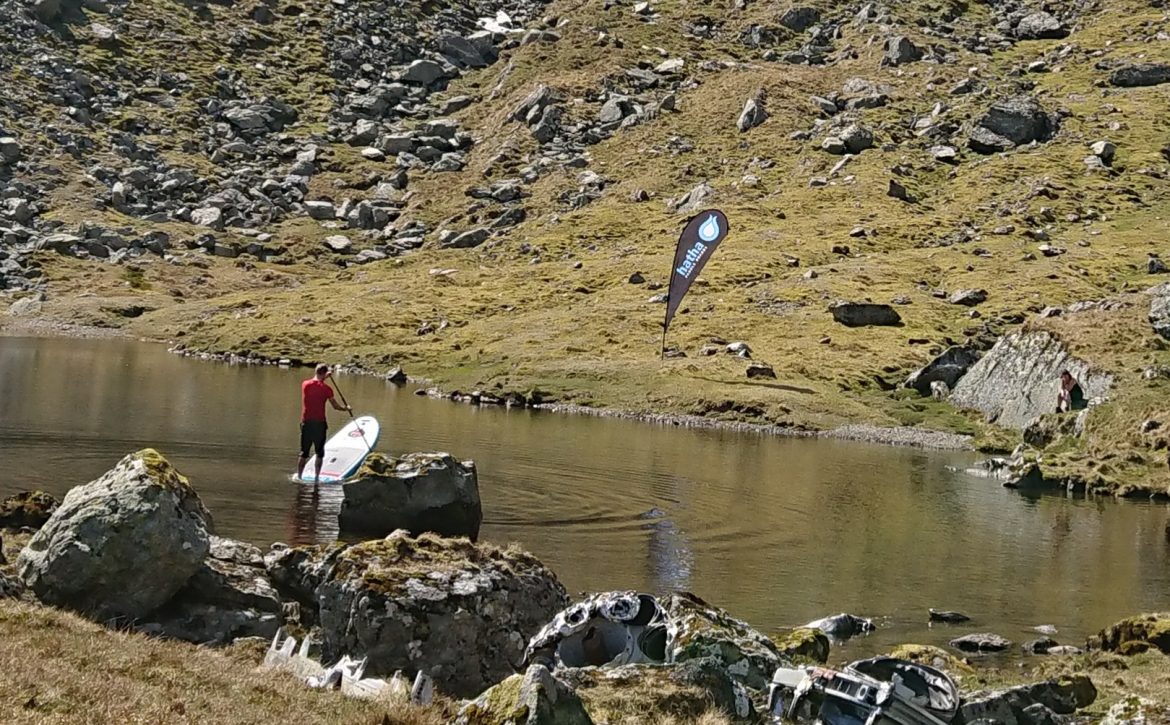What is wild swimming?

What is wild swimming?
Wild swimming is all about swimming in natural spaces, the great outdoors! Whether it’s a lake, river, or the sea, seek and embrace nature. There are also some fantastic sea pools and outdoor lidos to explore!
Is wild swimming safe?
Yes, as long as you’re sensible and take note of a few basic rules. Always go with a friend, be sensible and wear the appropriate clothing for the conditions.

How to stay safe wild swimming
Open water is usually cold and can be deep in places, the deeper it is the less chance the sun has to warm it. The top of the water may seem warm but the deeper you go the colder it usually gets. Urban locations have offer hazards such as broken bottles shopping trolleys etc. Always be sure you can get in and out of the water easily. Some river banks are very steep and deep on the edges so plan your entries and exits.
Checking the current
Some rivers may have a flow to them, you can usually tell by looking at the surface, it may seem quite gentle but you can soon travel quite a distance in a short time. The flow will also be affected dramatically by the amount of rain we have just had. Never think that as you’ve been to this spot once it will be the same again, the water depth and flow can dramatically in a just a few hours after heavy rain.
How deep is the water
You should never dive straight in to any outdoor water source unless check well prior. Even clear water can be deceiving, it may look deep but distance in water can often be misleading. Always know the depth. Rivers also have pools and varying sections, some pools could be really deep when a narrow shoot could be only inches deep. Just because the water is dark/black doesn’t mean its deep, the colour can be misleading. Always check the depth, use a stick or climb in slowly first pushing down with you feet to check.
Don’t underestimate the cold
Even in the summer the water can be freezing below the surface, just because it’s hot outside doesn’t mean the water will be. Hypothermia happens gradually and most of the time it creeps up on you. You can make you feel tired and lethargic rather than freezing cold.
How to get use to the water and avoid cold water shock
Cold water shock can be fatal so even if you’re wearing a wetsuit it’s better not to jump straight in get use to the water first, there’s no rush to dive in. Give yourself time to adjust to the temperature, stand in the water for a few moments to get use to it, get your body ready for the change in temperature. A good tip is to splash water on your face and the back of your neck first or once in the water dip your head under to get use to the cold.
Don’t swim alone
Avoid swimming alone if possible. It’s always best to be in the water with someone or have someone on the bank that can help if needed. There are also some great floats available, you can tow these behind you as you swim. They are usually bright and can be seen easily from the side or from a boat. Another good tip is wearing a bright swim hat.
Watch out for trees and reeds
Trees and reeds can not only be annoying they can also be dangerous. They are a bit like an iceberg, you can usually only see the tip of a branch sticking out of the water, there be a whole tree under there! If possible avoid swimming through reed and over tree branches.
Cuts and grazes
Always cover up nicks and scratches with a good quality water resistant plaster. In some urban locations Weil’s disease (leptospirosis) is apparent which is from rats urine, it can seep into open cuts and wounds.
Stay Close and avoid the cramp
Getting cramp is not a pleasant experience and is always when you don’t expect it. The main cause is from dehydration so make sure how drink plenty well before head for the water, small regular amounts rather than a large amounts a short time before you go works best.
How to choose somewhere to go wild swimming
The internet is the best place to start looking, try searching for wild swimming near where you live first.
Another great starting point is the www.outdoorswimmingsociety.com they have heaps or information, tips, locations, ideas and spots to visit. There are also some great wild swimming apps to download to you phone.
These are some of our favourite books –
Wild Swim, by Kate Rew; Wild Swimming by Daniel Start; and Wild Swimming: Hidden Beaches, also by Daniel Start. All three of these have swim spots listed all over the UK and detailed maps or OS references and directions!
For more regional info try Wild Swimming Walks (Dartmoor and South Devon) by Sophie Pierce and Matt Newbury; and Wild Swimming Walks (London) by Margaret Dickinson.
Getting connected
If you’re on Face Book why not join the Outdoor Swimming Society, with over 25,000 members in the UK and its free to join, why not!
So what to wear
A woolly hat or beanie is great to keeping in the warm, that is if you don’t plan on getting your head wet. There are also some great skull type caps available.
A wetsuit or triathlon type suit is also really good to keep the cold out. You can also buy just a wetsuit top. We have another blog on wetsuit types, thickness etc
Wetsuit boots or water type shoes are also a good idea. These not only keep you feet warm they will prevent any injuries.
Neoprene gloves are also great to keep the chill out.
If you’re planning on going under water or swimming a distance then goggles are great piece of kit. It’s sometimes overlooked in wild swimming. Standard swimming pool goggles will suffice.
Ear plugs
To avoid water going in your ears and also to prevent infection ear plugs are really useful. Some of the best makes are for surfing, EQ seals, Surfers Ear or G-plugs are some of the best.


